

Community Needs And Aspirations
Open Fora at Area Council Levels
After collecting data from the Communities, Unit, Town and Area Councils, Markets and Lorry parks, the responses were collated, analyzed and presented back to the people at open fora organized on Area council basis. This gave them a reflection of information collected from individual and household responses.
The people were there to present their problems and aspiration based on the whole area council. They were then asked to rank them with suggestions as to possible solutions to such identified problems.
It is worth noting that three(3) of the Area Councils benefited from the Institutional Strengthening training component of the Community Based Rural Development (CBRDP) under which the Area Councils namely: Goamu, Dadeasoaba and Gambia were trained and facilitated to prepare their own Area Plan
Below are the identified community problems, their perceived causes and proposed solutions.
Vulnerability Analysis
Vulnerability issues in the District include poor parenting, issues of disability, non-participation of women in local Governance. In view of the importance attached to these social issues, the District has an institution which trains the physically challenged and has an institution also for destitute in society. The physically challenged are offered employable skills so that they could be integrated into the society by being self-employed.
On the issue of destitute, agriculture projects are being implemented to assist them to improve their lots. The Youth in Employment Programme component in agriculture would look at them. A sizeable number of vulnerable in the District including children, unemployed, youth, subsistence farmers, women, people with disabilities and elderly either do not reach their full potential as human beings and thereby cannot contribute meaningfully to the socio-economic development of the District as a result of their vulnerability. Human capital is an essential ingredient for any sustainable development. Therefore there is the need to take a holistic approach under this area in order to yield the highest rate of returns of these vulnerable groups.
As a result, the District under the Department of Social Welfare has formed a child panel committee with legal backing which seeks to protect women and handle juvenile issues. The committee composes of members drawn from both the District Assembly and other departments from the District and they meet twice in a month. Among some of the main functions of this committee are:
• Handling of child abuse and neglect cases
• Domestic violence especially violence against women
• Issues of child trafficking and labour
• Rehabilitation of physically and mentally challenged and
• Assist the aged.
Similarly, the rights of the people are paramount to the District. In view of this, the Department of Social Welfare in conjunction with the District Assembly and some donor agencies have formed legal aid groups with members spread all over the District. The group seeks to promote individual rights by encouraging individuals to report infringement of their rights to the appropriate quarters. On some occasions, these groups take up cases of the under privileged to the appropriate quarters.
Special Programme for Vulnerable and Excluded
This section is focused on the plight of the children, the girl child, women, disabled and the mentally retarded that are well represented in the District.
Incidence of Child Labour
Several forms of child labour have been recorded in the District over the years especially with the upsurge of mining activities in the District. The various forms of child labour in the District include:
1. Engagement of children in illegal mining (galamsey)
2. Head portage (kayayei) especially at the illegal mining sites
3. Engagement of children in cocoa production
4. Children engaged to wash dishes at ‘chop’ bars
5. Petty trading at the expense of their education
Vulnerable Groups in the District
Vulnerability in the Asutifi North District is paramount among the following groups of people.
1. Persons with disabilities (or severe disabilities)
2. Persons living with HIV/AIDS
3. Extremely poor households
4. Single parents, especially mothers
5. Children in need of care and protection
6.Strangers in transit, especially nursing mothers
Currently, there is no specialised educational institution for the disabled in the Asutifi North District. This puts them at a disadvantaged especially persons who cannot be absorbed into the mainstream educational institutions. For instance, the blind, the deaf and the dumb cannot patronise the existing educational facilities and may have to remain uneducated. Apart from the absence of a specialised educational facility in the District, there are also financial assistance or sponsorship packages for persons with disabilities to pursue formal education.
Civil Society Organisations in the District
The Asutifi North District has attracted a wide range of civil society organisations which operate in various communities within the District with diverse areas of interest.
Physically Challenged People
As at the time of gathering these data, there were 192 physically challenged people in various categories who have registered with the District. Among these were difficult in seeing 54, hearing impairment 42, difficulty in walking 102, difficulty in speaking 0 and multiple disabilities 3.
Due to financial constraints, the District has not been able to take upon itself to train people with disability and to foster integration with the able body. It has therefore become expedient to organise educational programmes to change public perception and attitudes towards these people, and then again decentralise the training of physically challenged people in the community. Parliament has also passed a law for every District to set aside 2% of its share of the District Assemblies’ Common Fund to cater for the need of the Physically Challenged Persons. There is also Livelihood Empowerment Against Poverty (LEAP) programme meant to support the vulnerable in the District. Table 1.48 gives the categorization of registered physically challenged persons.
The Aged
According to the 2010 Population and Housing Census, the number of people who have attained 60 years and over constitute about 12.5 percent of the entire population of the District. In terms of National output, these people have nothing to offer because of their age. Most of them are peasant farmers and they fully depend on their family members for their livelihood.
Needs and Aspirations
Needs and Aspirations Based On Community Development Plans
Current needs and aspirations based on community development plans were gathered and compiled through face to face discussions with the local community prepared through participatory processes. To assess the current situation of each community in terms of development, community members under the leadership of their respective Unit Committees were brought together in a community forum. The focus on the forums was with the 5 Area Councils namely: Kenyasi No1, Kenyasi No.2, Goamu, Ntotroso and Gambia No.2. During the process, other key development actors such as chiefs, Area Council Members and other Opinion Leaders were roped in.
As part of the process, the community members analysed the problems affecting their communities. The problem analysis was followed by the identification and assessment of community needs. These views collated from the communities form the basis of the current needs and aspirations of the District. Based on the prioritised needs, projects were identified and action plans for their implementation developed.
Summary of Harmonised Key Community Needs and Aspirations
Ensuring and Sustaining Macroeconomic Stability
- Support increased competition in the financial system to reduce interest rate for borrowing
- Eliminate revenue collection leakages
- Improve the legislation and institutional framework of budget formulation and implementation
- Mobilise resources from existing financial institutions to support MSME’s
Infrastructure and Human Settlements Development
- Improve and develop road networks
- Increase electricity supply to the remote areas in the District
- Provide market facilities
- Create enabling environment to promote mass use of ICT and telephony
- Develop social, community and recreational facilities
- Adopt new and innovative means of promoting development control and enforcement of the planning and the building regulations
- Adopt cost effective borehole drilling technologies
- Provide modern toilet facilities
- Incorporate hygiene education in all water and sanitation delivery programmes
Accelerated Agriculture Modernisation and Natural Resource Management
- Address access to extension services
- Develop and promote affordable irrigation scheme
- Provide selective subsidies for peasant farmers
- Create awareness about environmental issues among stakeholders to ensure environmental compliance
- Enhance compliance of relevant regulations and guidelines on small scale mining
- Apply appropriate agriculture intensification technologies to reduce forest and land clearance
- Increase resilience to climate change impacts through early warnings
- Provide farming inputs under purchase at a lower cost
- Increase capacity of NADMO to deal with impacts of natural disaster
Enhanced Competitiveness of Ghana’s Private Sector
- Promote public private partnership for investment in the tourism sector
- Facilitate the provision of training and business development services
- Increase access to adequate, safe and affordable housing
Human Development, Employment and Productivity
- Ensure efficient development, deployment and supervision of teachers
- Create job avenues for the unemployed especially the youth
- Provide educational infrastructure
- Intensify the expanded programme on immunisation
- Ensure commodity security for the malaria, HIV & AIDS
- Expand and intensify HIV counselling and testing programmes
- Expand social protection interventions to cover the poor and the vulnerable
- Mainstream youth development issues into District planning and programmes
- Promote advocacy and create public awareness on the rights of children
- Expand the school feeding programme
- Formulate and implement programmes to harness the benefits of migration such as LEAP
- Coordinate and redistribute development projects and programmes to all communities
Transparent and Accountable Governance
- Provide infrastructural development and strengthen the Area Councils
- Institutionalise the co-ordination development programmes, formulation, monitoring and evaluation process
- Expand the opportunities and structures for communities with particular attention to the disadvantaged
- Institutionalise gender statistics and compilation from routine administrative process
- Develop sustainable funding arrangements in support of the development of functional monitoring and evaluation
Harmonisation of Community Needs and Aspirations with Identified Development Gaps (From Performance Review and Profile)
After carefully going through the community needs and aspirations, key issues emerged under the performance review of the Ghana Shared Growth Development Agenda (GSGDA I). In doing the harmonisation; needs and aspirations of each community were taken into consideration, analysed, scored in terms of their relationship to the thematic areas of GSGDA I.
To ensure synchronisation, each community’s needs and aspiration was scored against key gaps/problems or issues found or identified under the performance review of 2010-2013 GSGDA I. A strong relationship was denoted with a 2, a weak relationship with a 1, and no relationship with a 0. In turn, the scores were added together and averaged.
Date Created : 11/15/2017 2:43:40 AM
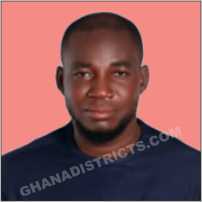

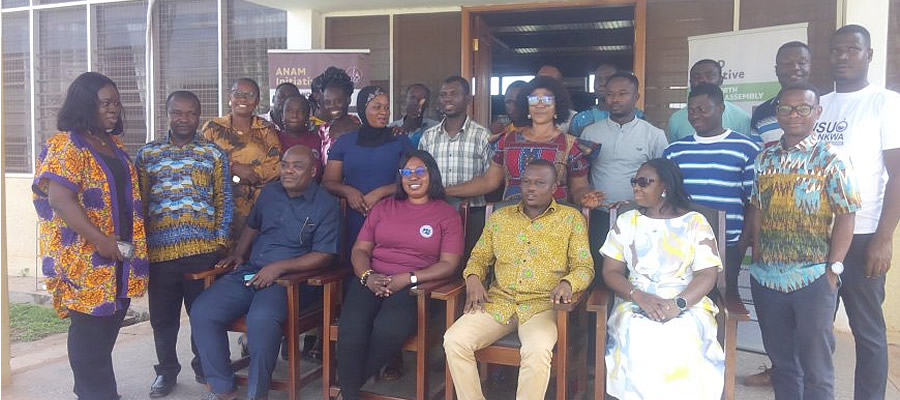
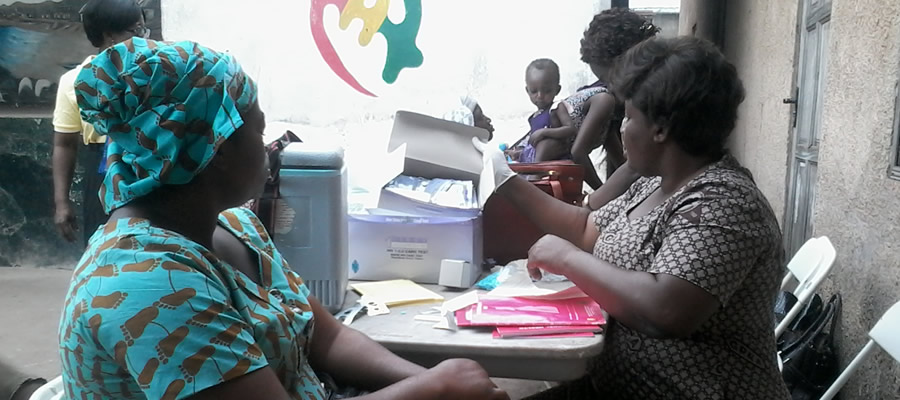
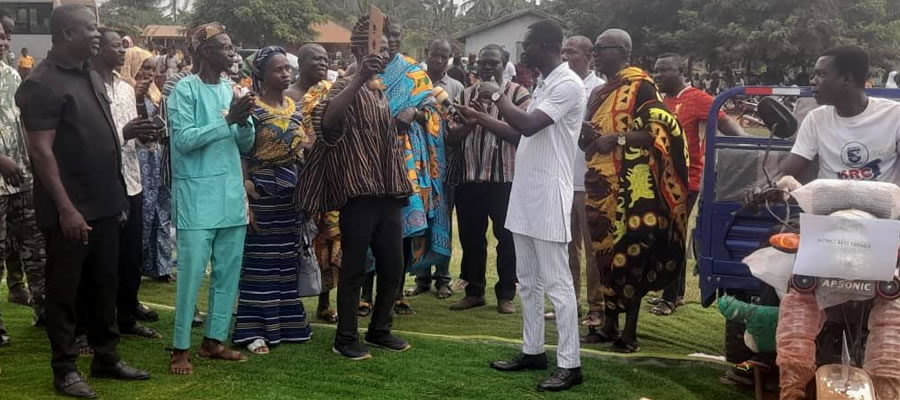
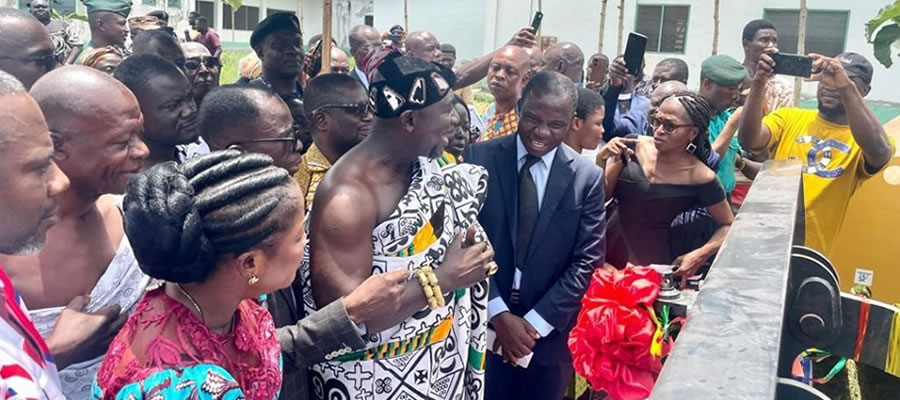






 facebook
facebook
 twitter
twitter
 Youtube
Youtube
 +233 593 831 280
+233 593 831 280 0800 430 430
0800 430 430 GPS: GE-231-4383
GPS: GE-231-4383 info@ghanadistricts.com
info@ghanadistricts.com Box GP1044, Accra, Ghana
Box GP1044, Accra, Ghana